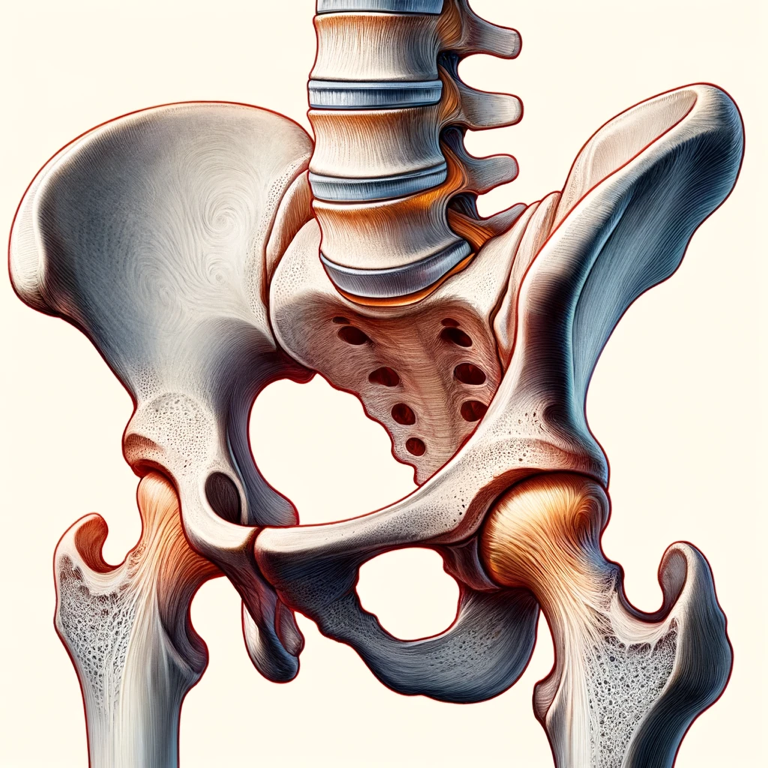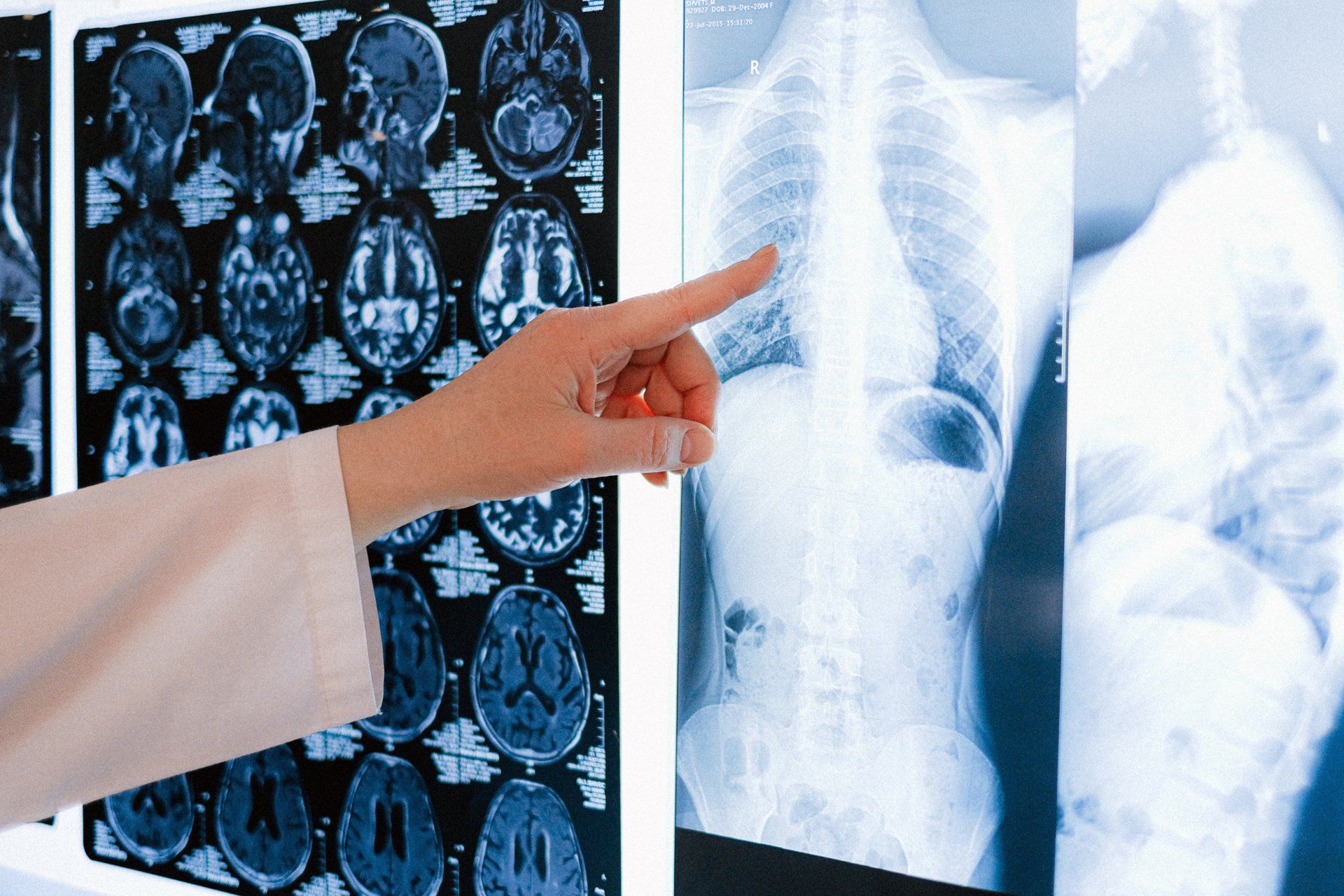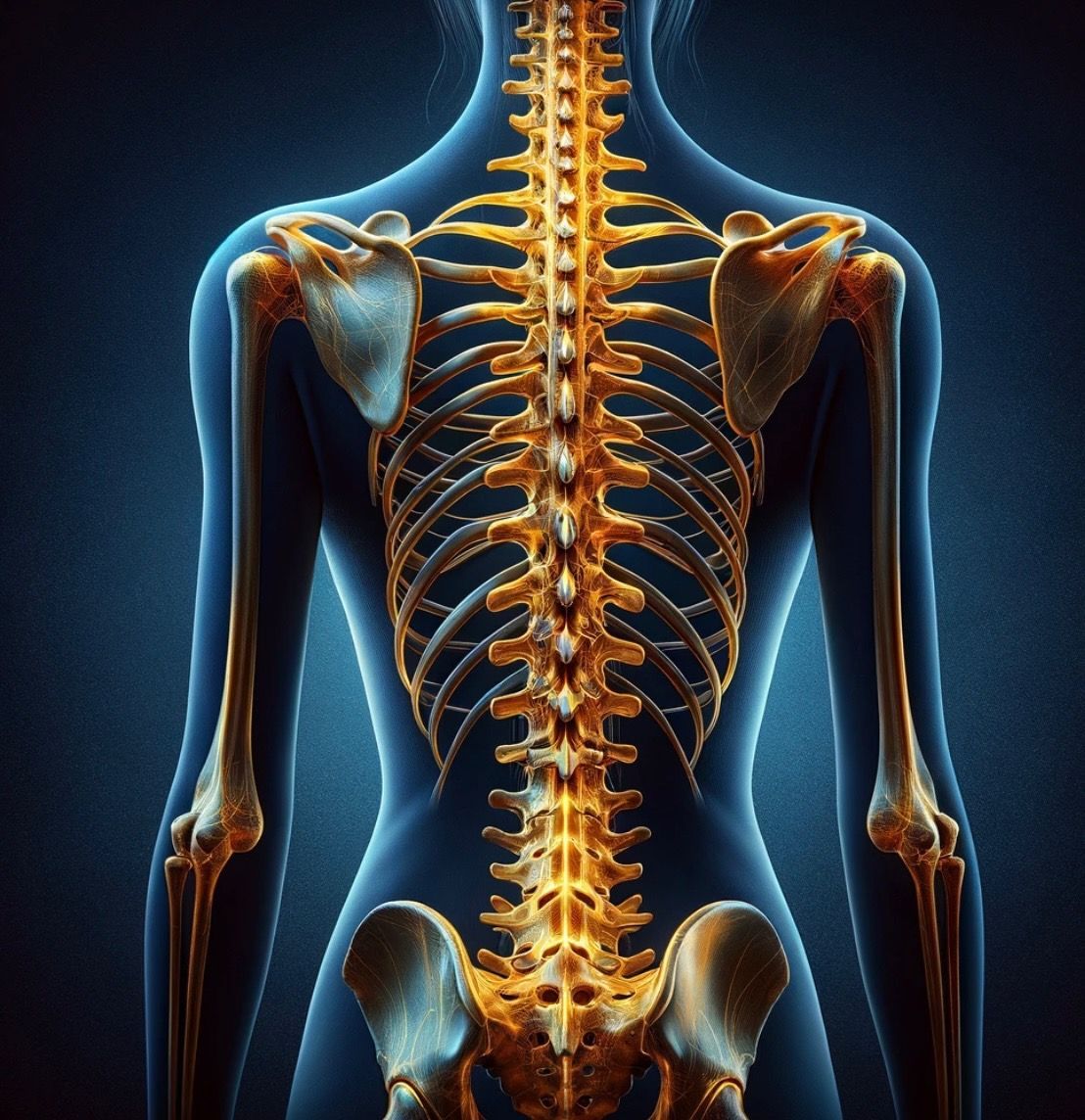Share post...
Olive oil, a staple of the Mediterranean diet, is renowned for its numerous health benefits, including its positive impact on heart health, weight management, and inflammation. Interestingly, emerging research suggests that olive oil may also play a significant role in supporting bone health. This blog explores how olive oil benefits bones, the mechanisms behind its positive effects, and the studies that highlight its importance.
The Nutritional Profile of Olive Oil Olive oil is rich in monounsaturated fats, particularly oleic acid, and contains various bioactive compounds, including polyphenols, tocopherols (vitamin E), and phytosterols. These components contribute to its anti-inflammatory and antioxidant properties, which are crucial for maintaining overall health and potentially benefiting bone health.
How Olive Oil Supports Bone Health
1. Anti-Inflammatory Properties:
Chronic inflammation can lead to bone loss and weaken bone structure. Olive oil's anti-inflammatory properties, primarily due to its high content of polyphenols and oleic acid, can help reduce inflammation in the body. By mitigating inflammation, olive oil supports the maintenance of healthy bone tissue and reduces the risk of bone-related diseases such as osteoporosis.
2. Antioxidant Effects:
Oxidative stress, caused by an imbalance between free radicals and antioxidants in the body, is a known factor in bone deterioration. The antioxidants in olive oil, such as vitamin E and polyphenols, help neutralize free radicals, protecting bone cells from oxidative damage. This protective effect is essential for maintaining bone density and strength.
3. Calcium Absorption:
Some studies suggest that olive oil can enhance the absorption of calcium, a vital mineral for bone health. Better calcium absorption means that the body can more effectively use this mineral to build and maintain strong bones, reducing the risk of fractures and bone diseases.
4. Hormonal Balance:
Olive oil consumption may positively affect hormone levels, particularly those involved in bone metabolism. For example, it can help maintain balanced levels of estrogen, which is crucial for bone health in postmenopausal women. Proper hormonal balance supports bone formation and reduces bone loss.
Key Research and Studies on Olive Oil and Bone Health
1. The PREDIMED Study:
The PREDIMED (Prevención con Dieta Mediterránea) study is one of the most significant investigations into the effects of the Mediterranean diet, including olive oil, on health. This study found that participants who consumed a Mediterranean diet supplemented with extra-virgin olive oil had higher bone mineral density and a lower incidence of fractures compared to those on a low-fat diet. The study highlights the potential of olive oil to positively influence bone health through its nutrient-rich profile and health-promoting properties.
2. Olive Oil Polyphenols and Bone Health:
A study published in the "Journal of Clinical Endocrinology & Metabolism" examined the impact of olive oil polyphenols on bone health. Researchers found that polyphenols, particularly oleuropein, have a protective effect on bones by reducing oxidative stress and inflammation. These findings suggest that regular consumption of olive oil rich in polyphenols can contribute to maintaining healthy bones and preventing bone-related diseases.
3. Olive Oil and Bone Mineral Density:
Research published in "Osteoporosis International" explored the relationship between olive oil consumption and bone mineral density in elderly individuals. The study concluded that higher olive oil intake was associated with greater bone mineral density, indicating that olive oil could be a beneficial dietary component for preserving bone mass and preventing osteoporosis, especially in older adults.
4. Animal Studies on Olive Oil and Bone Health:
Animal studies have also provided insights into the benefits of olive oil for bone health. For example, a study in "Nutrition Research" demonstrated that rats fed a diet supplemented with olive oil had higher bone mass and improved bone strength compared to those on a standard diet. These findings suggest that the bioactive compounds in olive oil can enhance bone formation and strength. ## Practical Tips for Incorporating Olive Oil into Your Diet
1. Use Extra-Virgin Olive Oil:
Extra-virgin olive oil (EVOO) is the least processed form and retains the highest levels of beneficial nutrients, including polyphenols and antioxidants. Use EVOO for cooking, salad dressings, and as a finishing oil to maximize its health benefits.
2. Replace Unhealthy Fats:
Swap unhealthy fats, such as butter or margarine, with olive oil in your recipes. This simple change can help improve overall health and support bone strength.
3. Drizzle on Vegetables:
Enhance the flavour and nutritional value of your vegetables by drizzling olive oil over them. Roasting or sautéing vegetables in olive oil can make them more delicious and increase your intake of this healthy fat.
4. Dip Bread in Olive Oil:
Instead of using butter or creamy dips, try dipping whole-grain bread in extra-virgin olive oil with a sprinkle of herbs and spices. This Mediterranean-inspired snack is both tasty and bone-friendly.
Conclusion
Olive oil, a cornerstone of the Mediterranean diet, offers numerous health benefits, including significant support for bone health. Its anti-inflammatory, antioxidant, and calcium-absorption-enhancing properties make it a valuable addition to a diet aimed at maintaining strong and healthy bones.
The growing body of research underscores the importance of incorporating olive oil into daily dietary practices to promote bone density and reduce the risk of bone-related diseases. By making simple dietary changes, such as using extra-virgin olive oil in cooking and salads, you can enjoy its delicious flavour while reaping the benefits for your bones and overall health.

Recent Posts






